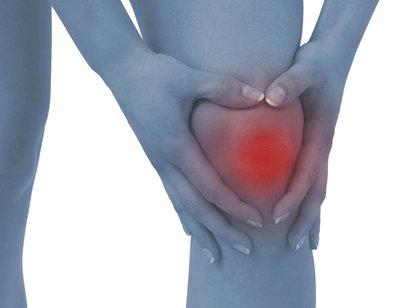Understanding Osteoarthritis in Everyday Life

Osteoarthritis is a joint disorder that involves the gradual loss of cartilage covering and protecting the end of the bones. It usually affects weight-bearing joints in the body, such as those in the spine, hips, and knees. Sometimes, joints of the neck, toes, and fingers may also undergo the same degenerative process.
Osteoarthritic symptoms typically surface in people between 40 to 50 years old, although they can occur in younger patients who have underlying joint problems like rheumatoid arthritis or septic arthritis. Statistically, women are more prone to the disease.
Osteoarthritis is not associated with any exact cause, but it is said to be an effect of aging. Aging results in mounting stress and strain on the joint cartilage, causing it to inflame and eventually erode. As the cartilage slowly wears off, surrounding tendons and ligaments stretch, leading to pain and stiffness of the affected site.
What Makes People Susceptible to Osteoarthritis
Osteoarthritis has two major risk factors: age and obesity. Obesity puts extra pressure on aging joints. Injury and excessive stress on joints, genetic issues with joint cartilage, and conditions like gout and diabetes are other risk factors of the disorder.
Detecting Osteoarthritis
The key symptom of osteoarthritis is escalating pain and stiffness around a joint area. In the early stages of the disease, walking or stretching can reduce the pain and stiffness.
However, walking can only intensify the pain as the condition progresses. Effusion and collection of fluid could lead to swelling of the joints and celulas madre. The bones rubbing each other create a crackling sound known as "crepitus," and the result is excruciating pain.
Finger joints affected by osteoarthritis could end up developing Heberden's nodes (those hard and bony protrusions). They are painless but capable of impeding joint movement.
Note that people may not show visible signs of osteoarthritis, until they undergo a medical exam for another condition.
Diagnosis
Medical history and examination are basic to an osteoarthritis diagnosis, which is confirmed with x-rays. Uneven cartilage, osteophytes (new bone growths), bone cysts, and loss of joint space can all be revealed by x-rays.
A minor procedure used to diagnose, assess, and treat osteoarthritis is arthroscopy, a minor procedure that introduces a tiny camera into a patient's knee joint, and the doctor examines it with direct vision.
Management and Treatment of Osteoarthritis
The most important requirement for effectively managing osteoarthritis is adopting a healthy lifestyle and using desgaste rodillas. For instance, correcting obesity reduces joint strain and pain and increases flexibility. Physical therapy and exercises are both useful to weight loss. To control the symptoms, it is important to rest when there is a flare-up, use a walking aid, or simply take anti-pain medication.
Finally, in advanced stages of osteoarthritis, none of these measures may help, and the only alternative might be to undergo joint replacement surgery with physiotherapy.